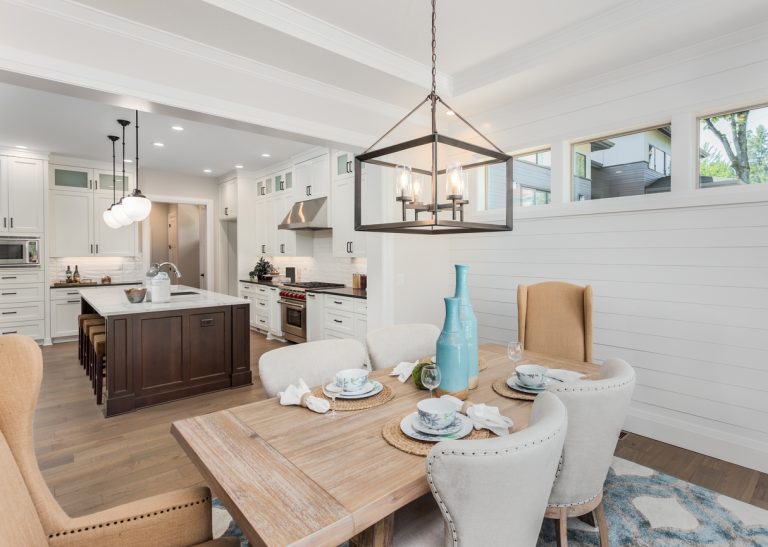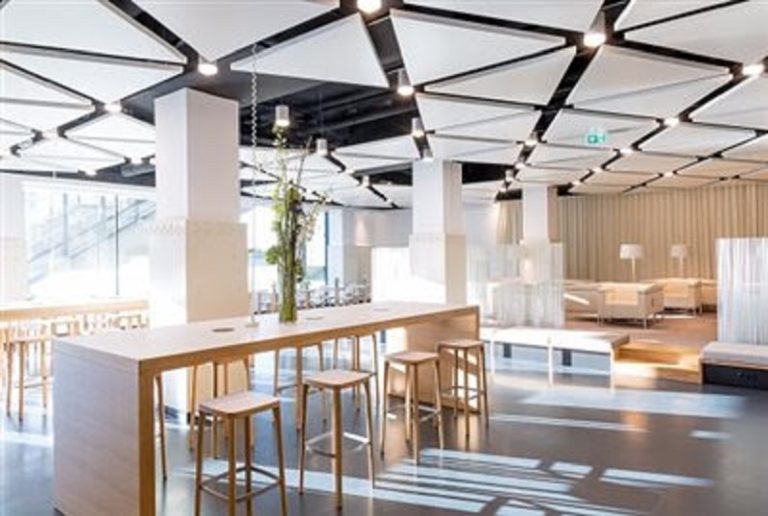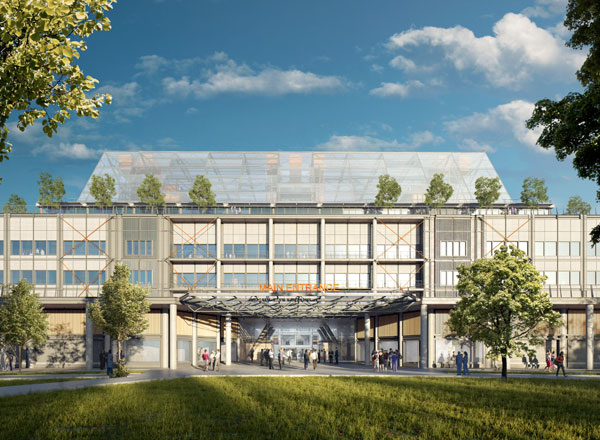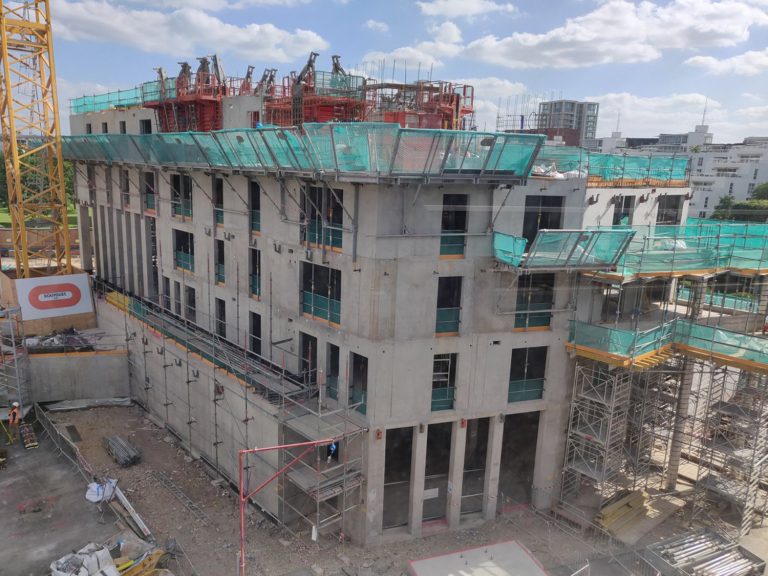The kitchen is often the heart of the home and commonly one of the most social and functional spaces. Kitchens are no longer simply a space for preparing and cooking food, they are often a social and work area too. Whilst a kitchen’s style, look and feel is defined by its doors, worktops and appliances, lighting plays a key role in shaping the appearance, ambience and functionality of the room. Well planned and designed lighting schemes can transform a modest kitchen into a spectacular and inviting space. In addition to illuminating the room, kitchen lighting performs many functions from setting the mood and tone, highlighting special features or providing washes to levitate units and illuminate beautiful flooring. However, perhaps the most important function of kitchen lighting is task lighting. Task Lighting For areas in which you plan to complete work or prepare food you will need to clearly see what you are doing. These areas include worktops and kitchen sinks and require task lighting. Task lighting can include under-cupboard lighting above work surfaces, or lights that are directed down at one particular place. They need to be bright, well positioned to reduce shadows, and have a higher colour temperature (something around 4100k works well here). Also, it is important to have lighting with a high CRI, ideally >90. CRI (Colour Render Index) is a measure of how accurately the light source displays an objects true colours and this is clearly important for preparing food and assessing its freshness. An LED contour strip is a great way of lighting work surfaces below cabinets as this provides a continuous wash lighting effect. This is especially fitting in modern and contemporary kitchens. General Lighting Kitchens need the most flexible lighting scheme in the entire home as it needs to cater to the wide range of functions. The most popular forms of kitchen ceiling lights these days are recessed down lights, pendant lights or directional spot lights. Ceiling lights should be placed in multiple positions to reduce shadows, but the brightness can often cause issues, as certain situations call for brighter light than others. One way around this is to have dimmer switches in your kitchen. If you are choosing modern LED lighting, however, make sure your dimmer switch is compatible with LED technology. It’s generally better to choose an intelligent trailing dimmer when using LED. Another way to make your kitchen lighting flexible is smart lighting. Smart lighting is lighting that you can control with an app on your phone, or a device like Google Home or Alexa. If you have a high ceiling in your kitchen, consider using pendant lighting to bring the light source lower and to create a centre show piece for the room – the downward directional light of many pendants make them perfect for illuminating worktop space where under cupboard lighting is not available. Pendants come in a variety of styles to suit traditional, modern or contemporary settings. It is not uncommon these days to see a series of decorative pendant lights above a kitchen island, breakfast bar or adjoining dining room table. For best effect and performance, a minimum distance of 850mm is best from the bottom of the pendant to the worktop surface. Recessed downlights have become ubiquitous in kitchens and are effective in providing directional light to an area, particularly if you have low ceilings. It is common practice to fit multiple downlights in equally spaced rows to create a continuous zone of light with minimal shadows. Tiltable downlights are also available and can be very useful in directing light to required areas of workspaces. Downlights are available with different coloured bezels/rims to fit with your kitchens design theme and style. When fitted, recessed lights breach the ceiling structure (often plaster board) and as such it may be a requirement of building regulations that you fit fire rated down lights, your local building control department can advise you. Fire rated downlights are classified as either 30 minutes, 60 minutes or 90 minutes. It is important that you check the rating of the downlights to meet the requirement you need as a 90 minute fire rated downlights may not be rated for 30 or 60 minutes. Directional spot lights can be an easy and effective way of fitting multiple tiltable lights on one rail or fitting. However, many people feel these units are unsightly and do not compliment more traditional style kitchens. Accent Lighting Accent lighting is an effective way to accentuate features in the kitchen or an adjoining open plan room. These might include illuminating inside glass cabinets or highlighting recessed shelving, alcoves or pictures. A variety of lighting from LED strip lights, to directional lighting can be used, but consideration needs to be made about the appropriate colour temperature of the lights used and the overall effect this has on the total lighting scheme. Using ambient lighting well can highlight features that you want to stand out, adding an extra dimension to your kitchen. It can also be used either alone or with worktop lighting to create a low-level background glow for romantic and intimate evenings. Ambient Lighting When completing tasks in the kitchen, you’ll no doubt need a bluer, cleaner light, for example a daylight bulb, but in areas in which you plan on socialising, eating and chatting, you may wish to create more of an ambience. This is especially true in kitchen diners. For areas like this, you should look at using a warmer light, for example a 3000k warm white bulb. You may want to also choose an even warmer bulb as well, possibly in a floor lamp. It is common to use an 1800k vintage style bulb in a floor lamp, and a 3000k bulb in a ceiling light fitting. These two styles of bulb not only complement each other, but also offer two options depending on the brightness needed at any point. Get creative and use your imagination to find places where the source of light won’t be













